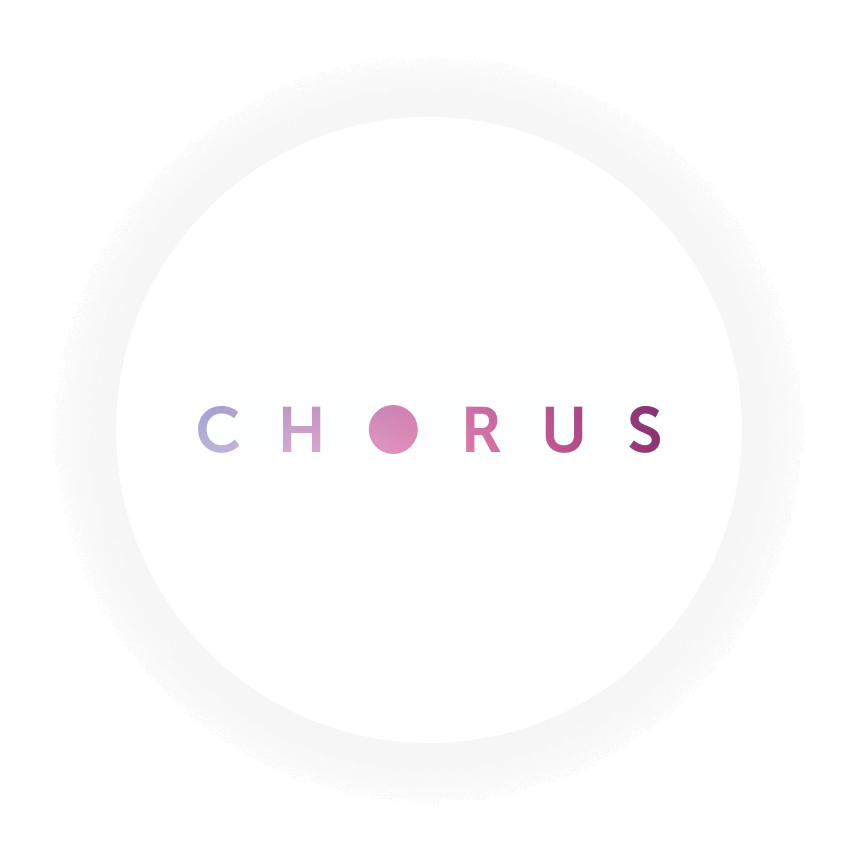64% tickets processed automatically
75% automated technician dispatch
15% increase in team productivity
Challenge
Managing disconnected processes
As New Zealand’s largest telecoms infrastructure provider, Chorus builds, operates, and provides an open access internet network through broadband retail service providers such as Vodafone and Spark. Focusing on growth and innovation, the company separated from Telecom New Zealand with the goal of providing fiber broadband to 75% of New Zealand’s population (in conjunction with other fiber companies). The programme was later extended to 87% of the population.
With the fiber build now complete, the company faced a pivot from building the network, to operating it. In order to operate efficiently at this large scale, Chorus needed to streamline network management issues. This was challenged by a complex environment with data scattered across disconnected systems, combined with a series of labor-intensive manual processes. For example, the company shuffled back and forth across different systems, including the Network Based Diagnostic system accessed through Chorus’ service desk, and the Trouble Ticketing system, to manually diagnose network issues logged by its customers, the broadband providers.
The broadband providers would log undiagnosed network issues because they didn’t have complete visibility into the real-time status of the network. The requests often resulted in costly, unnecessary technician visits.
Objectives
Creating holistic view of network data and process efficiencies
Chorus wanted to improve its operational efficiencies and enhance the experiences of both broadband providers and their end customers by:
- Gaining an improved view of its network data and quickly identifying issues by connecting disparate systems across its business with a scalable integration strategy.
- Removing labor-intensive manual processes by automating the end-to-end management of network issue tickets.
- Automating the fault logging process using business logic, to ensure that Chorus only receives tickets relating to their network infrastructure rather than the customers' (broadband provider) systems.
- Giving broadband providers improved access to accurate, real-time network data to help diagnose issues and inform their customers.
- Integrating real time test capability into their fault management system to accurately identify issues that can be fixed remotely or by providers to reduce site visits.
Solution
Enabling data flow and automation with API-led connectivity
Chorus uses MuleSoft Anypoint Platform to integrate multiple systems across its business, such as customer order management and line testing, and issues ticketing management systems. The integrated environment enables the company’s customers to log and validate tickets automatically and to schedule remediation with no manual input. When site visits are required, the new ticketing system enables scheduling of service technicians and engineers, allocating work and ensuring availability, without manual involvement.
Chorus also built an experience level ‘Assurance API’ that allowed self-service capabilities for its providers to complement its ticketing system. The providers now have greater visibility of network performance, can carry out basic testing, and are notified of planned outages and issues. These new capabilities have reduced the number of issues Chorus needs to diagnose and has enabled it to offer faster resolution and an improved customer experience.
“With MuleSoft, we are able to provide our customers with real time information about our network, and enable testing capability, vastly improving our assurance processes.” Michael Brosnahan, Portfolio Architect, Chorus.
Results
Accelerating fault diagnostics, logging of issues and determination of root cause
With the new integrated environment and automated processes, Chorus improved customer support experiences and team productivity. The automated ticketing system now logs and validates 64% of tickets automatically and schedules site visits. In addition, 75% of tickets have an automatic dispatch of a technician. This automation enables Chorus to refocus its customer support teams on more strategic initiatives.
“Now 75% of tickets logged can generate a truck roll (site visit) without anyone from Chorus having to intervene in the process. It’s all fully automated. Which is a huge saving for us in terms of time and cost,” says Brosnahan.

Michael Brosnahan
Portfolio Architect, Chorus.
Capturing new business opportunity with APIs
The new integrated environment has also allowed Chorus to transform itself into a data services provider. Chorus is using Anypoint Platform to go beyond network infrastructure by building and monetizing an API for an alert system for energy companies, called PowerSense.
Chorus anticipates PowerSense being of interest to electricity line companies across the country wanting an accurate and early view of power outages for their customers. Network operations centers will gain improved visibility of their network, leading to quicker restoration and more reliable power delivery.





